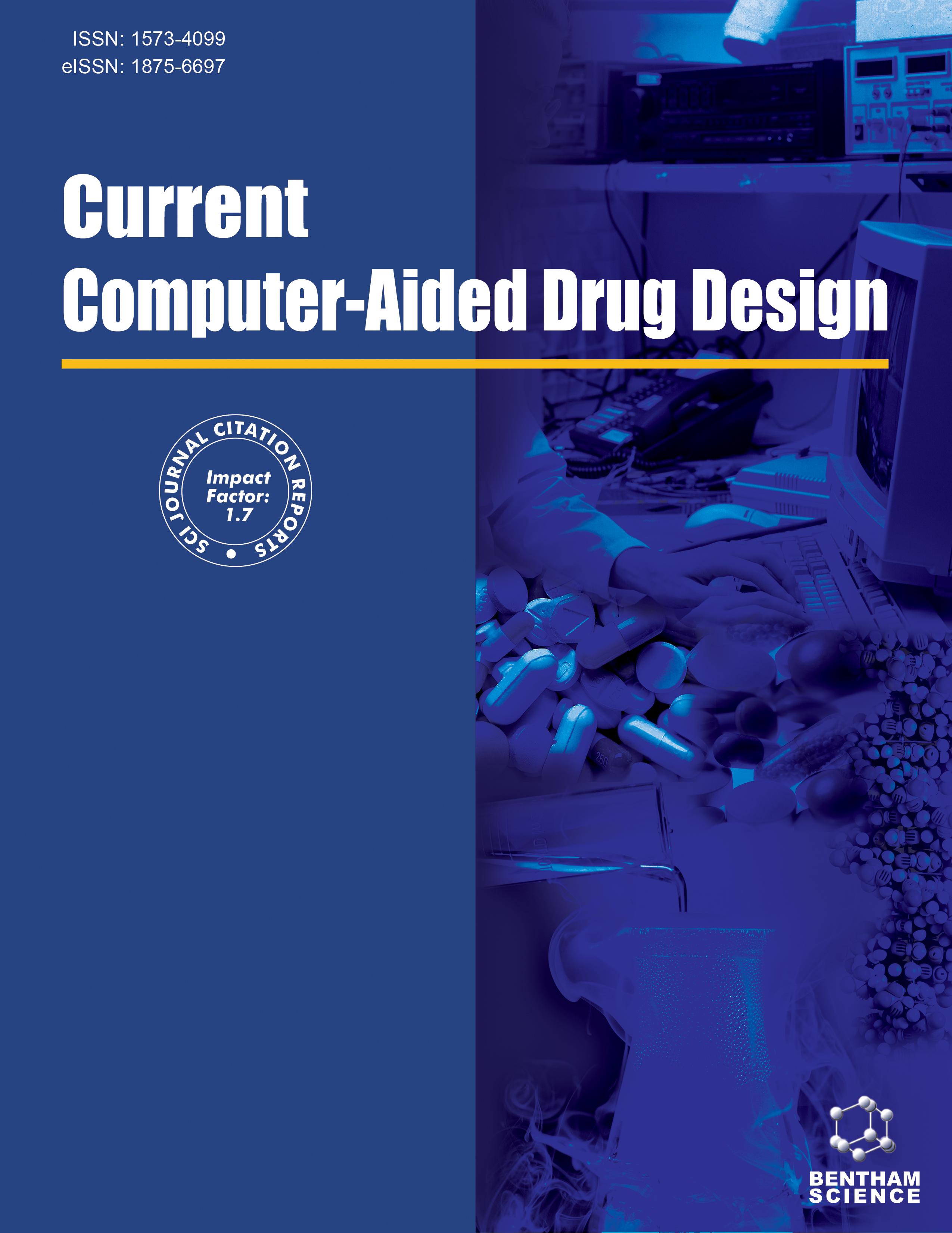
Full text loading...
Methicillin-resistant Staphylococcus aureus (MRSA) is a causative agent for multiple drug-resistant diseases and is a prime health concern. Currently, antibiotics like vancomycin, daptomycin, fluoroquinolones, linezolid, fifth-generation cephalosporin and others are available in the market for the treatment of MRSA infection.
With the increasing prevalence of drug-resistant cases, researchers are actively investigating alternative strategies to combat MRSA, including the exploration of peptide therapeutics. This study employed computational methods to prospect for potential Antimicrobial Peptides (AMPs).
A total of One hundred and fifty antimicrobial peptides were explored based on physicochemical properties. The results showed that Clavanin B was the most appropriate candidate. Molecular Docking and Molecular Dynamics Simulation results showed the protein-peptide interaction of the MRSA target proteins, Penicillin Binding Protein 2a and Panton-Valentine Leukocidin Toxin, with the Antimicrobial Peptide Clavanin B.
Currently, the antimicrobial peptide database highlights Clavanin B's role as an anti-HIV peptide. Moreover, this investigation proposes Clavanin B as a viable repurposed drug for treating MRSA, underscoring its potential deployment in the management of MRSA infections.

Article metrics loading...

Full text loading...
References


Data & Media loading...
Supplements

